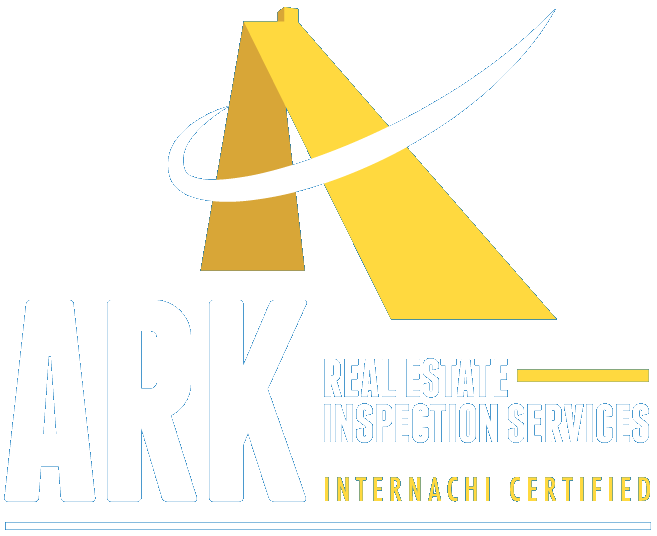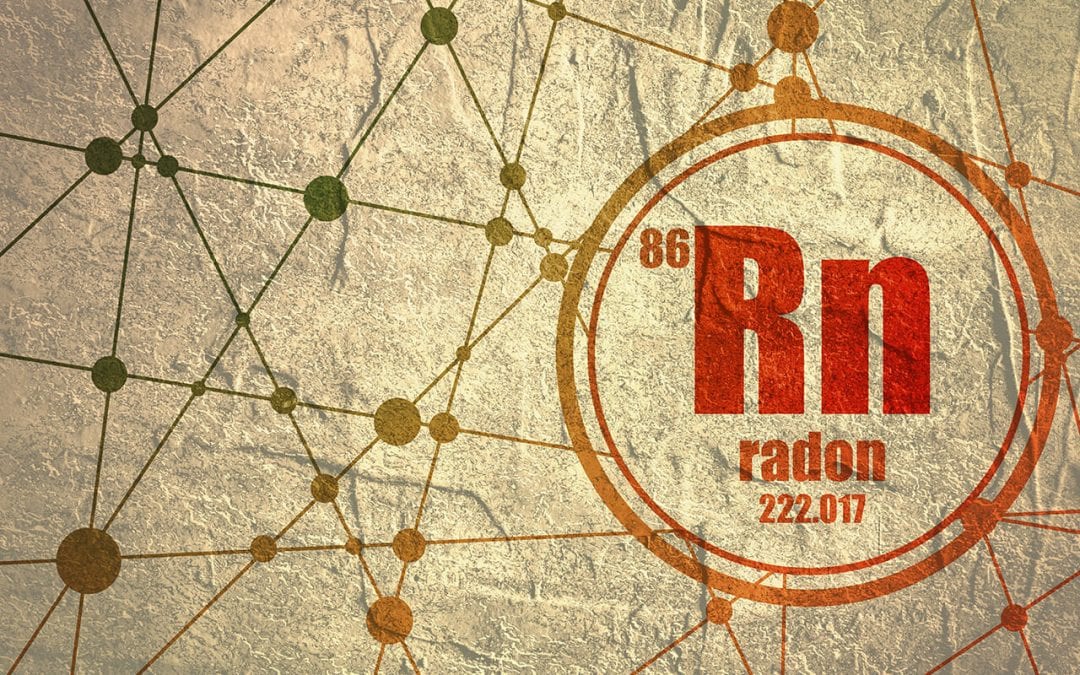Radon and Lung Cancer
Among non-smokers, radon is the number one cause of lung cancer, according to the Environmental Protection Agency. It’s estimated that this gas is responsible for over 20,000 lung cancer deaths every year. It is such a cause for concern that the U.S. Surgeon General issued a national health advisory in 2005.
What is Radon?
Radon is a radioactive gas produced when thorium, uranium, and radium break down in soil and bedrock. Radon enters a building through cracks in the foundation and gaps around pipes. It builds up inside the building because it gets trapped within the structure’s walls.
You can’t taste or smell radon, so you won’t notice it inside your home, office, or school. It’s estimated that one in every 15 homes have unhealthy levels of radon. Radon isn’t an issue to take lightly, because it contributes to lung cancer.
Testing for Radon in the Home
A homeowner can purchase testing kits at a hardware store, however, professional testing will deliver the best results. Hire a home inspector who specializes in radon testing to perform the test. A home inspector will be well-trained in administering the test and in interpreting the results.
Mitigating Radon in the Home
If your test shows high levels of radon gas, contact a qualified mitigation contractor. This professional will design a system to reduce the amount of the gas in your living spaces.
There is a significant link between radon and lung cancer. Have your home tested and call a professional if you need to reduce the levels in your home.
ARK Inspections offers home inspection services, including radon testing, to the Twin Cities. Contact us to request an appointment.

